Deeply apply AI
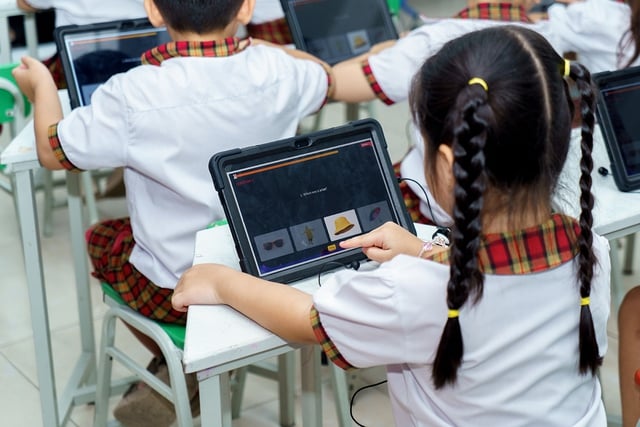
On August 20, the Department of Education and Training of Ho Chi Minh City summarized the 2024-2025 school year and deployed tasks for the new 2025-2026 school year for high school.
Speaking at the closing ceremony, the leader of the Ho Chi Minh City Department of Education and Training said that in the 2025-2026 school year, Ho Chi Minh City will apply information technology, deeply integrate AI, virtual reality (VR/AR) into the process of teaching and learning English on online learning platforms, creating a personalized learning environment. This aims to gradually make English the second language in schools. This is one of the solutions to implement Conclusion 91-KL/TW dated August 12, 2024 of the Politburo and Decision 1600/QD-TTg dated December 19, 2024 of the Prime Minister.
Based on the reality of schools in Ho Chi Minh City, this decision is extremely ambitious but very necessary at this time.
Previously, a survey of 11,000 students on their readiness to use AI in schools by the Vietnam Institute of Educational Sciences also showed that in terms of support for use, 21.19% of students strongly agreed; 40.85% agreed and 36.35% were undecided. The rate of disagreement was very low. Of which, male students tended to support it more than female students. In terms of purpose of use, 31.39% of students used AI for schoolwork; 54.12% used AI for self-study.
However, there is a very thoughtful survey figure. That is, the majority of students access AI through the media, accounting for 77.5%; while through teachers and schools, only 28.14%... This shows the necessity of implementing AI in schools along with scientific and appropriate application methods.
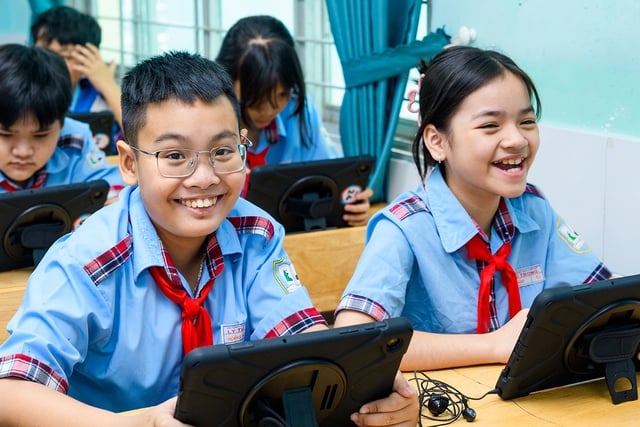
Based on support unit?
It can be said that the orientation of the Department of Education and Training of Ho Chi Minh City is extremely correct and necessary. However, in parallel with training and supporting the development of AI capacity for teachers and students, it is also necessary to have external resources from units with strengths in applying AI in education.
For example, among the units that are currently teaching Math and Science in English in high schools in Ho Chi Minh City, iSMART is the unit that has a long and extensive history of applying technology to teaching and learning. In 2011, when the concept of applying technology to education was still far away for many schools in Vietnam, the leaders of this unit thought of the future 10 years later, where technology was present in every corner of the classroom.
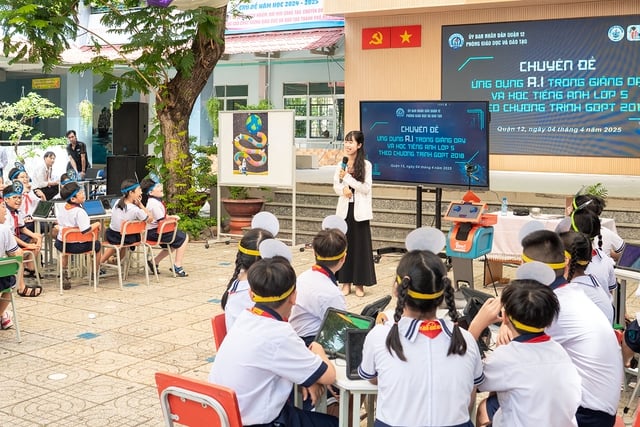
For more than a decade, iSMART has been persistently building a comprehensive technology education ecosystem, with serious and methodical investment in each solution. From the digital learning content platform to modern classroom models, all are developed towards the goal of connecting technology with pedagogy. To date, that ecosystem has been upgraded by integrating AI, creating a seamless operating structure where content, technology, data and teaching methods are unified and complement each other.
According to iSMART teacher Ernesto Bombarda, iSMART’s technology-based education platform increases engagement beyond what a textbook-based lesson can achieve. It provides teachers with a wider range of tools – such as quizzes, simulations, drag-and-drop exercises, surveys, and games – so they can tailor activities to their lesson objectives and student needs. The combination of images, sounds, movements, and writing supports different learning styles: visual, auditory, kinesthetic, and reading/writing, and encourages even passive students to become more active participants.
“Technology is transforming education by making it more accessible and engaging than ever before. Interactive tools and digital platforms bring lessons closer to students in ways that textbooks cannot, helping them grasp both basic concepts and advanced knowledge through visuals, motion, and interaction. This makes difficult content more understandable and memorable. At the same time, technology is reshaping the learning experience. Gamified lessons and interactive content motivate students to actively participate, encourage collaboration, and problem-solving skills that go beyond academics,” said Ernesto Bombarda.
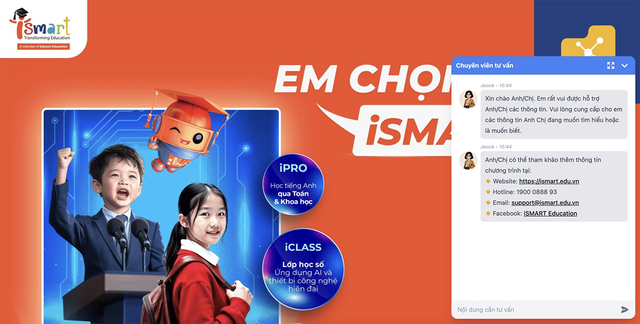
While in some places, the application of technology only stops at supporting a few teaching steps, at iSMART, technology, especially AI, has been integrated to bring practical value to students and teachers. The learning management system (LMS) is synchronized with digital lectures, helping each student have a personal account, log in to do exercises, tests, and receive immediate feedback.
On the other hand, technology has also become an "extended arm" for teachers. Instead of spending a lot of time grading papers or entering scores, teachers have immediate visual data on each student's progress, knowing which students need extra support, which students have exceeded the standard, so they can adjust their methods in a timely manner. This support does not replace the role of pedagogy, but helps teachers have more time for interaction, stimulating learning interest and personalized companionship.
With the right orientation, appropriate implementation, and taking advantage of internal and external resources, the application of technology and AI in education in Ho Chi Minh City will certainly be successful and become a breakthrough locality in the country.
Source: https://thanhnien.vn/dot-pha-day-va-hoc-tieng-anh-bang-ai-va-cong-nghe-185250826162449413.htm










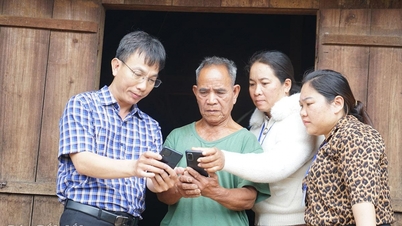

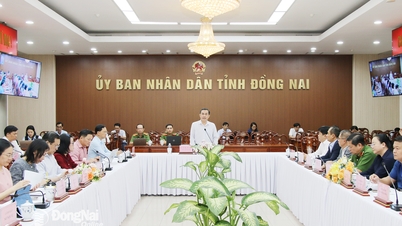

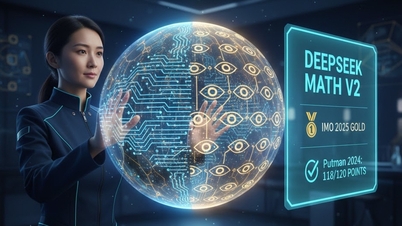

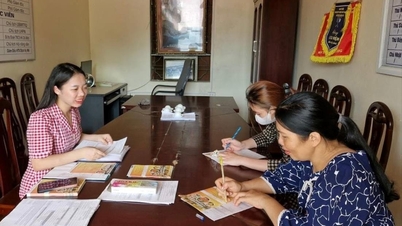

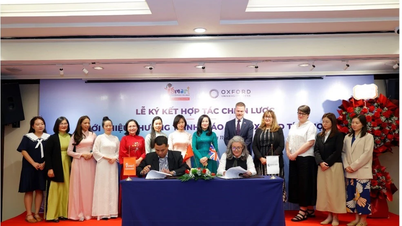

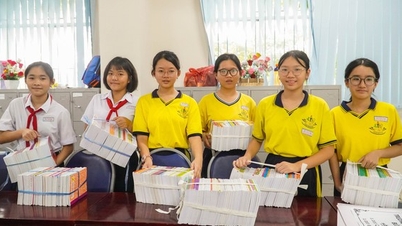

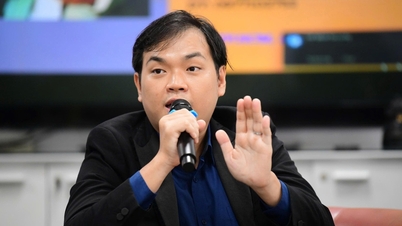
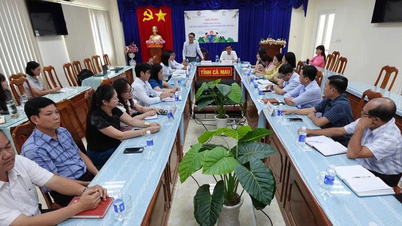
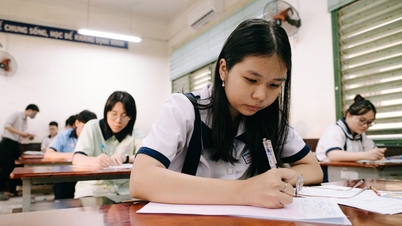









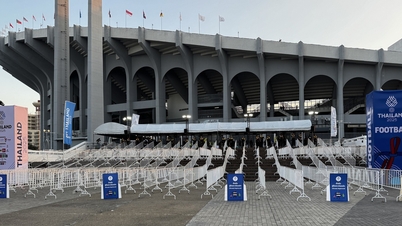

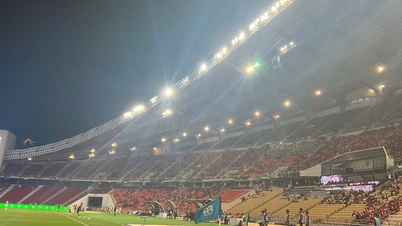
![[Photo] Parade to celebrate the 50th anniversary of Laos' National Day](/_next/image?url=https%3A%2F%2Fvphoto.vietnam.vn%2Fthumb%2F1200x675%2Fvietnam%2Fresource%2FIMAGE%2F2025%2F12%2F02%2F1764691918289_ndo_br_0-jpg.webp&w=3840&q=75)
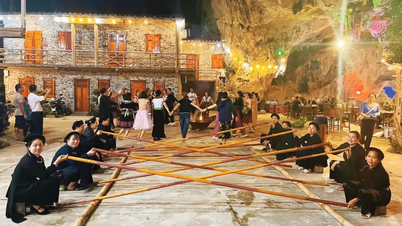









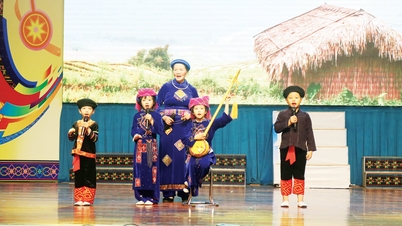

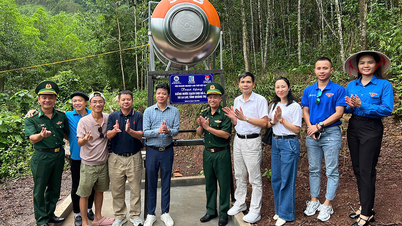

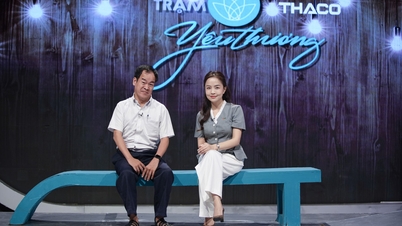
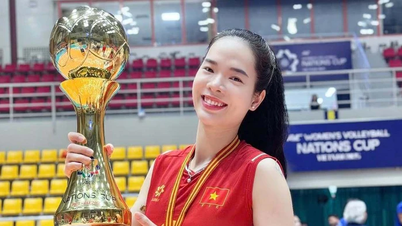
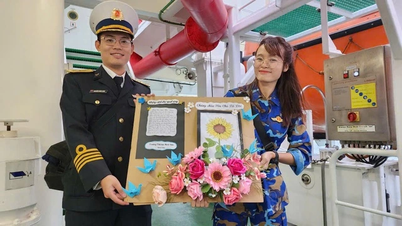

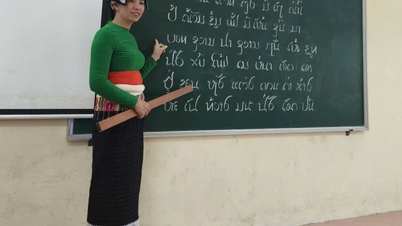

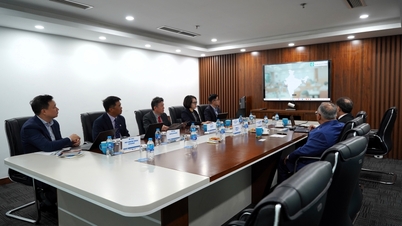
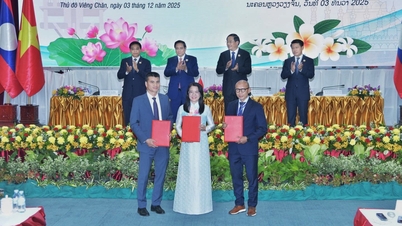



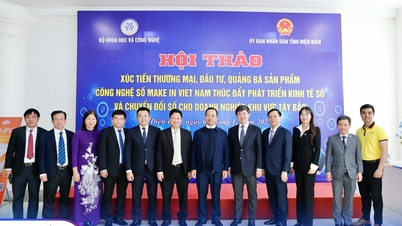
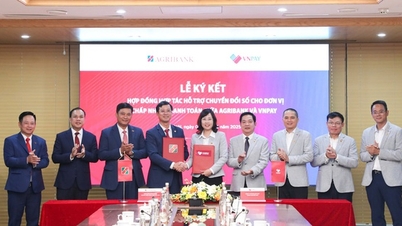









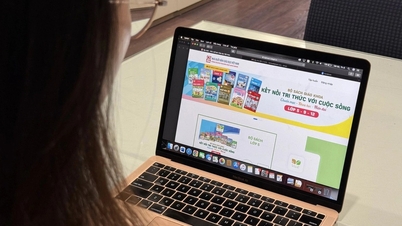

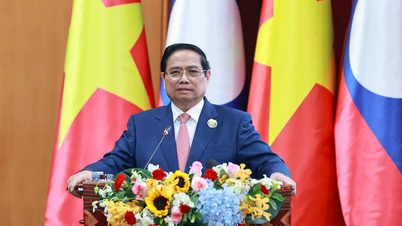

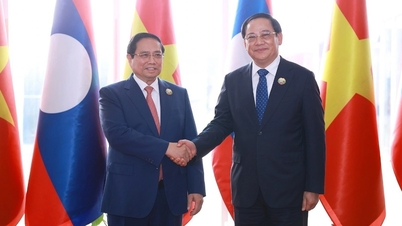
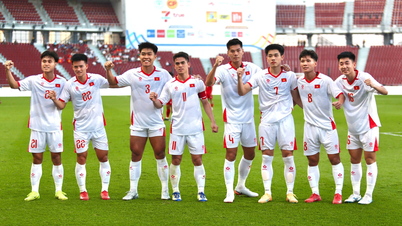








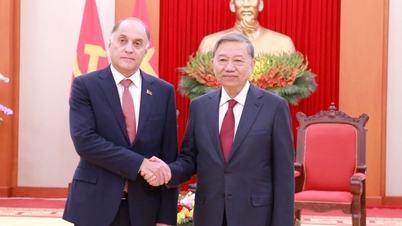



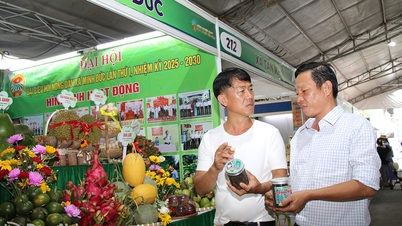


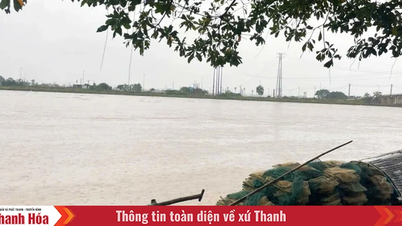

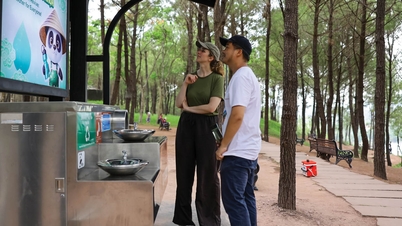














Comment (0)